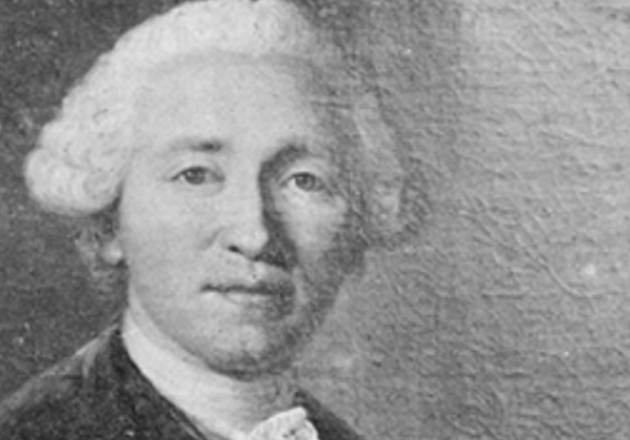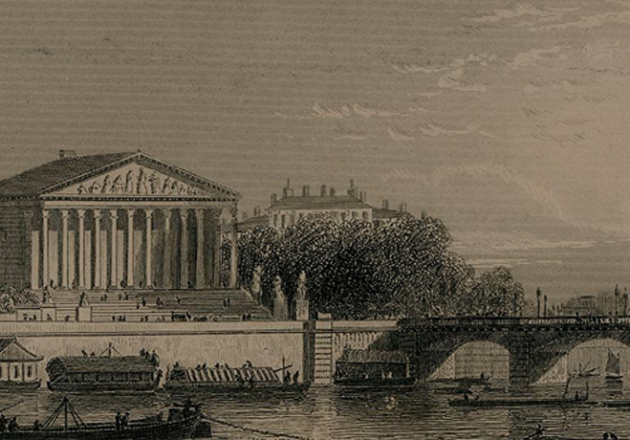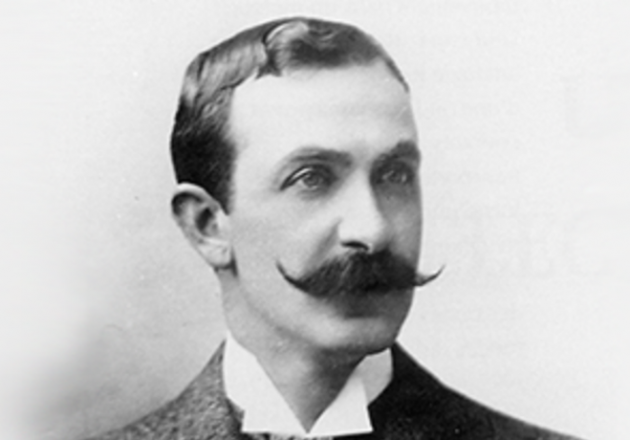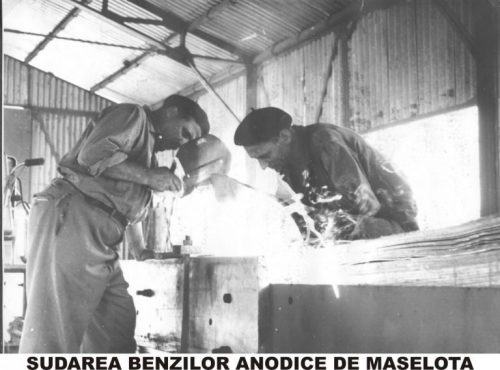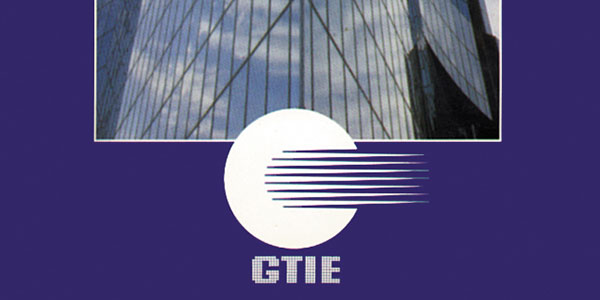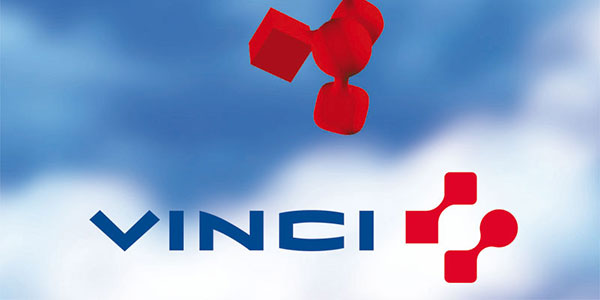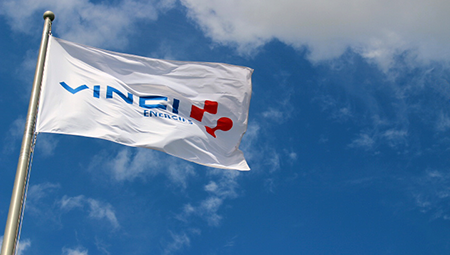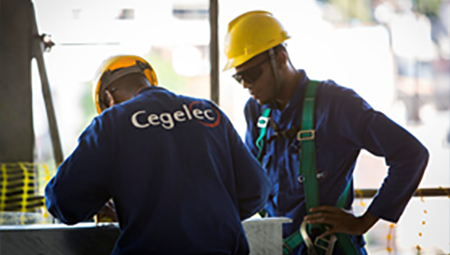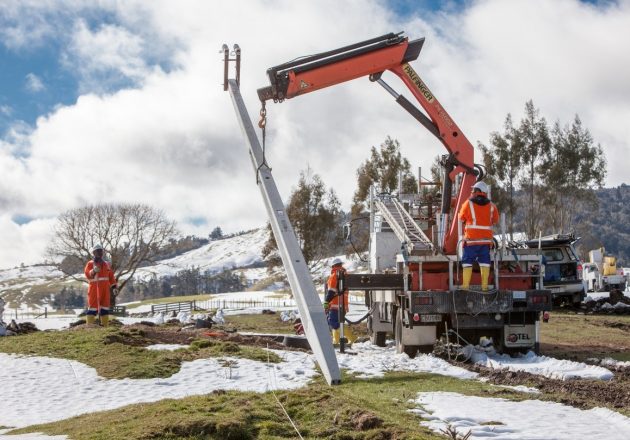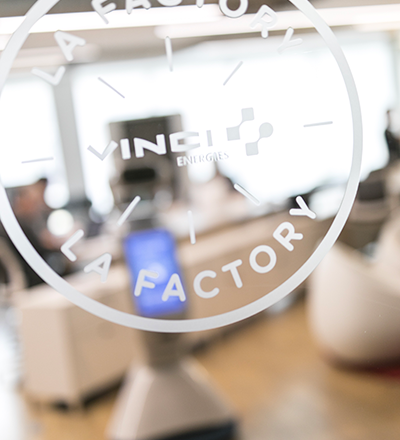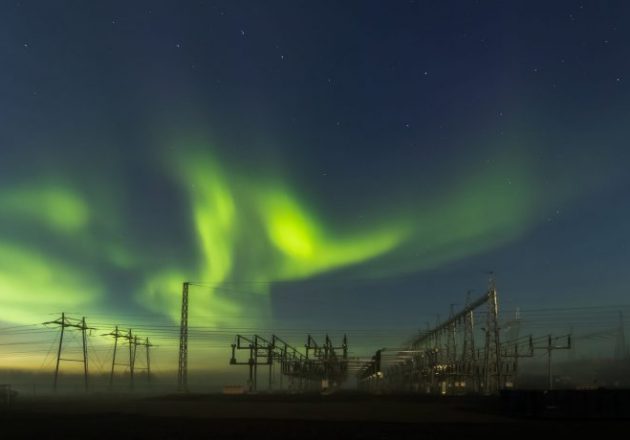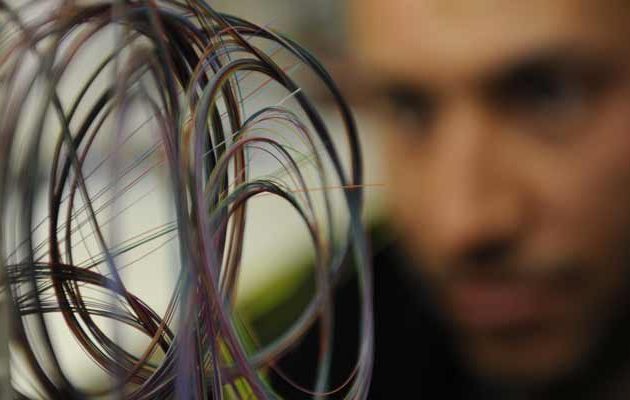The creation of Lepaute
Lepaute was founded by Jean‑André Lepaute, a clockmaker for the court of Louis XV who created accurate timepieces for most of the observatories and royal residences of Europe. He came up with numerous innovations that have been applied in areas such as astronomy and marine optics.
For example, he invented the first horizontal clock with a parallel mechanism in 1780. The Lepaute company then expanded into electronics after World War II. CGE acquired this branch of activity in 1960.
